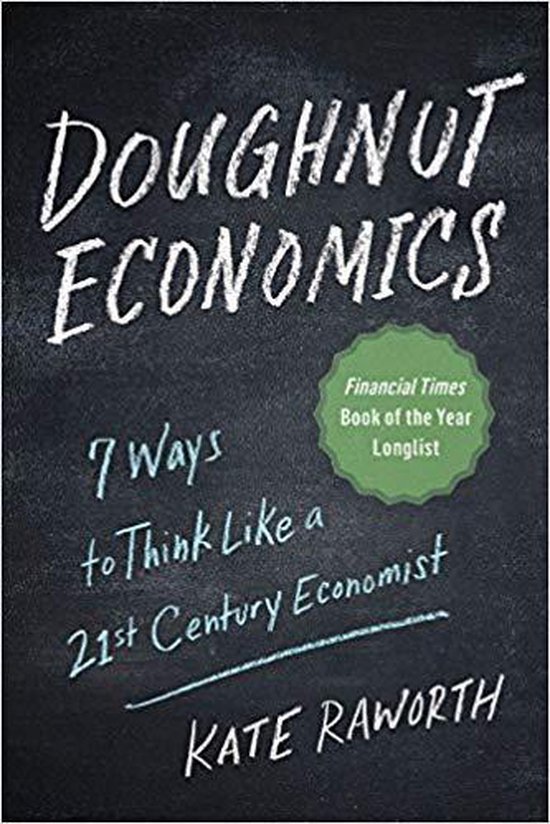

The book Doughnut Economics followed in 2017, and became an international bestseller, translated into twenty languages (Nugent, 2021). The visual was even used by negotiators in the development of the United Nations’ Sustainable Development Goals (SDGs) as a reminder of the ‘big picture goals they were aiming for’ (Raworth, 2017: 24). From the outset it captured the imagination, as for many it visualised what they already thought about sustainability. This is the guiding question behind the model of Doughnut Economics, originally presented as a discussion paper for Oxfam in 2012, where Kate Raworth worked as a researcher for ten years. ‘What enables human beings to thrive?’ (Raworth, 2017: 44).


Many forward-thinking cities are also using doughnut economics as their compass for a circular future.Raworth, K (2017) Doughnut Economics: Seven Ways to Think Like a 21st Century Economist, London: Penguin Books. Furthermore, she proposes a transition from degenerative contemporary economics to a regenerative and distributive economy. The economist urges us to aim at achieving an environmentally safe and socially just society. Raworth proposes that economic decisions have been made at the cost of humanity and our planet. Therefore, the doughnut itself represents a perfect balance for humanity where everyone’s basic social needs are met without exploitation and overuse of the planet’s resources. These have resulted in the exhaustion of ecological resources through biodiversity loss and climate change, products of excessive economic growth. Outside of the crust, on the other hand, represents overshooting ecological barriers. The hole of the doughnut represents the proportion of people that lack access to the essentials of life such as housing, food, water, healthcare and education.

Doughnut economics is an economic model developed by Kate Raworth, who uses a doughnut as a metaphor for the framework of human prosperity.


 0 kommentar(er)
0 kommentar(er)
